Part 5: The Garage

I’m sure most people think the Garage is an afterthought or less important part of the home inspection. It’s not! Garages have mechanical features that can be hazardous. They also store gas powered autos and equipment which can be a fire safety issue. I use tremendous care when I inspect a garage to ensure the safety of the homeowners and their family.
Structural
I inspect the whole garage for structural issues. I look for cracks in the flooring or damage in the framing of the garage. Has there been any repairs done from previous damage? If so, were they done correctly? Cracks in the garage floor, framing issues and previous repairs can indicate structural movement. Overhead doors are the largest moving item in the house and should be supported properly as well.
Overhead Doors
Aside from the structure and support of the doors, there are three main areas of inspection on overhead doors to ensure the doors are working properly and are safe for users.
General condition and working properly: I check to make sure the doors are working properly and slide up and down with ease. Cracks, damage to door panels, wood rot, broken rollers or poor alignment will all be noted on the report
Photoelectric Eye & Pressure Release: These are both features that help stop a garage door from closing if there is an item or person in the way. The photoelectric eye is a beam of light that detects anything in the way and should automatically stop the garage door from closing. The pressure release is a similar feature that reverses the door when it touches something prior to closing. If you pull into your garage and the back end of your car is sticking out, these features should prevent the door from closing. These are important to protect items that get left in the way but more importantly are designed to prevent children or pets from having a door accidentally close on them. I test each of these features to assure they are working properly.
Emergency Release: I also check to make sure the emergency release cord is functioning properly. This is the failsafe in case the photoelectric eye and pressure release suddenly fail. The emergency release cord allows a person to disengage the automatic feature and lift the door manually. This is an important safety feature if a person becomes trapped under the door.
Garage Heaters or other Gas Run Equipment
Often garages have heaters for comfort or store other gas run equipment. While I don’t control where people store gas run equipment in their garage, I will note if an attached item like a heater is improperly placed. Installed heaters should be in a place where an auto can’t accidentally bump into it.
Water Stains
Water stains on the garage floor can indicate issues with the garage door if located near the doors. Stains found other places on the garage floor, walls or ceiling can be a sign of water issues in the home.
Fire Safety
Because garages have gas powered autos and other equipment, they are a common cause of home fires. The walls and doors between the house and the garage should be up to firewall standards. Doors in firewalls must be a 20 minute fire-rated panel door. While many homes were built prior to these standards being implemented, I will note deficiencies of the current standards.
Other Areas Inspected
I inspect the siding, roofing, gutters, doors, walls and ceilings, stairs as well as any crawl space or overhead storage. These are inspected just as they would be in the rest of the home as discussed in Part 4: The Interior and Part 1: The Roof
The garage is a very important part of the home inspection. It can prevent accidents due to poorly maintained overhead doors and identify fire safety issues like doors that aren’t up to federal firewall standards. Identifying these issues could literally save a family member or family pet.
